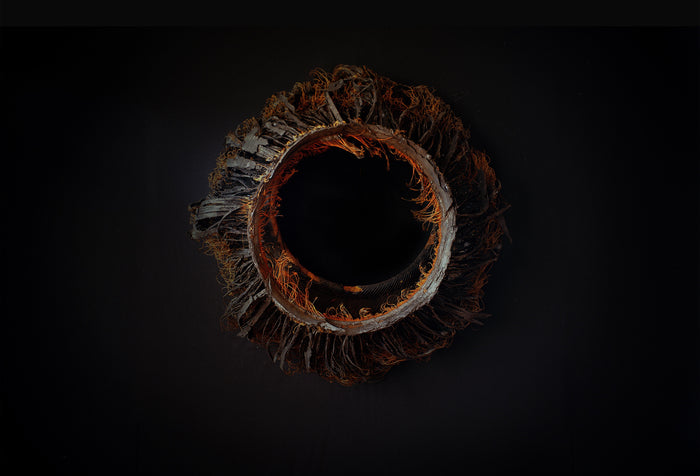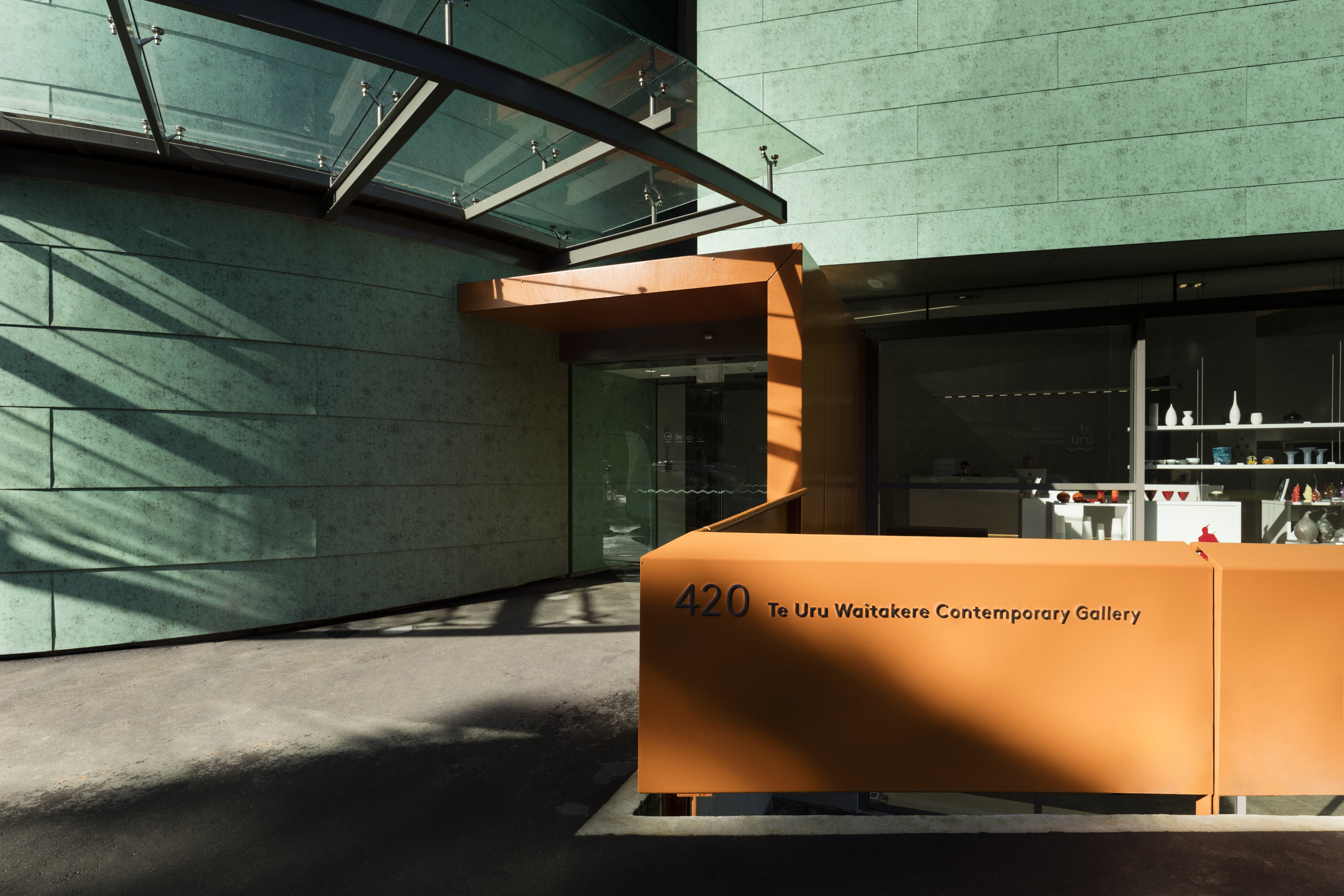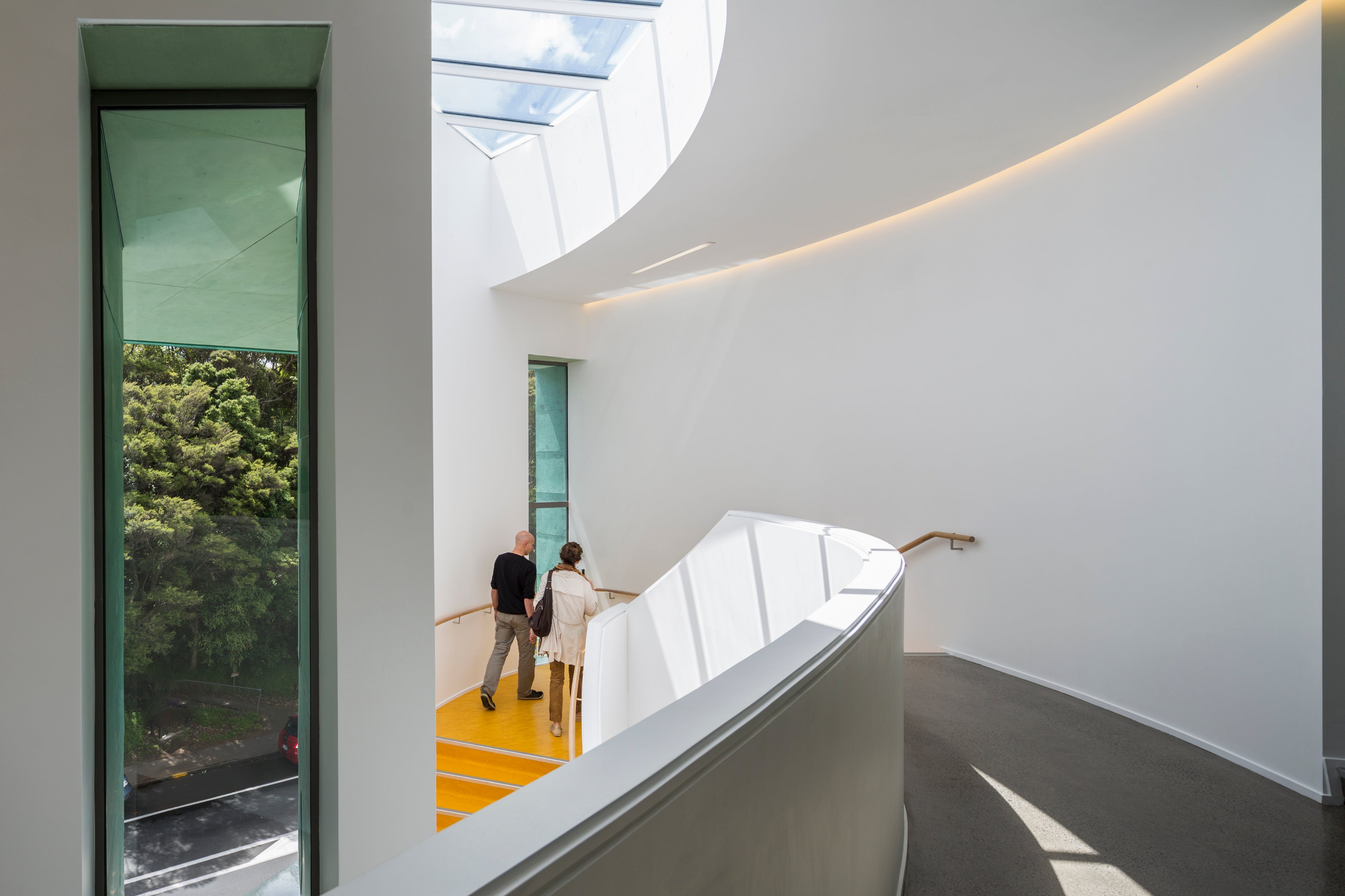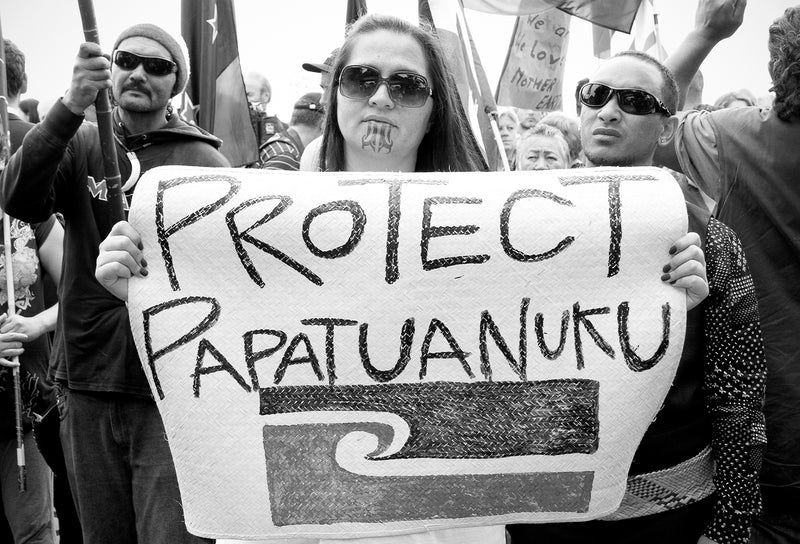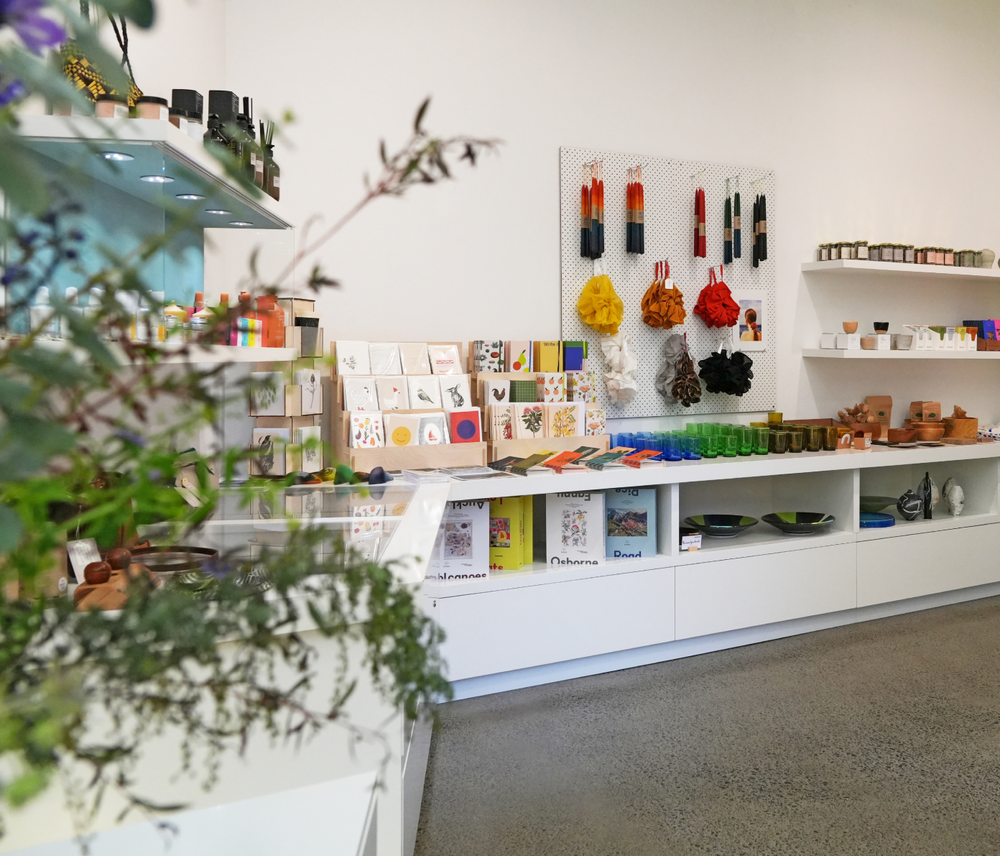Jos Wheeler: Voicing Dissent
Time and location
16 May - 11 July 2014
Jos Wheeler’s photographs challenge the images employed by the mainstream media. Because photographs can become iconic in defining major events and how we remember them, it’s important to understand which side of the story these images represent. Approaching his subjects with sensitivity, Wheeler works with a close empathy and appreciation for local communities, landscapes and political interests. His images advocate for voices that are often marginalised or distorted in their campaigning on issues regarding land and sea use, social issues and New Zealand’s heritage as a bicultural nation.Through the phenomenon of social media some of Wheeler’s images, such as those of the asset sales protests and the Urewera 4 court case, have been able to counter the single-sided opinion widely distributed to sway public opinion.Jos Wheeler is highly regarded as a Director of Photography for films, documentaries and music videos. He has travelled extensively and usually has a stills camera close at hand. Wheeler continues a powerful tradition of empathetic images by the likes of John Miller, Gil Hanly, Ans Westra and Robin Morrison.Wheeler works with a unique sensitivity, respect and integrity, which has resulted in invitations to photograph people and environments that require a deep trust factor just to be there. Notable examples include his black-and-white images from Rocinha in Rio de Janeiro, Brazil; Mercato in Addis Ababa, Ethiopia, and his now infamous series, Te Mana Motuhake O Tuhoe from Te Urewera.His exhibition In the Midst (2006) showed a selection of these images, alongside photographs from France, Hungary, Samoa and Fiji, and a further series of landscapes from around New Zealand. Having grown up on Auckland’s West Coast, Wheeler has a strong connection with the New Zealand landscape and an appreciation for the rawness of his environment. With a distinctive attention to detail, he uses strong composition with a subtle timing of light to capture mood and emotion that records more than just time and place, often expressing the history of our ever-changing landscape.Image: Jos Wheeler: The Mamae Remains. Taneatua sports grounds, Taneatua, Te Urewera, October 15, 2008. – detail

